Editorial: Can Starbucks' 'green apron service' hold off AI job-ageddon?
Published in Op Eds
The boss of America’s largest private employer has joined a chorus of corporate bigwigs predicting that Artificial Intelligence will devastate the labor market. Chief Executive Officer Doug McMillon says AI will enable him to keep Walmart’s workforce level at a headcount of 2.1 million over the next three years even as its revenues grow. As a result, there will be no need for the thousands of jobs that would otherwise be created.
We’ve heard a similar warning about an AI “job-ageddon” from leaders of Ford, Amazon and JP Morgan Chase, among other giant companies. Meantime, investors continue pouring money into AI-related stocks. Will the megabuck investments result in a tech revolution that changes “literally every job,” as McMillon warned, while eliminating half of America’s white-collar positions, as the head of Ford has predicted?
If the early results from AI-driven customer service are any indication, let’s hope not.
For years, companies have tinkered with AI for the important function of dealing with customers. By now, practically everyone has experienced AI chatbots and other automated systems, and everyone understands their main purpose is to limit access to paid employees. It often feels like these things are designed to deliver a high-tech brush-off, frustrating their human victims into giving up, vs. solving anything other than the simplest problems on their rigid menus.
To all those who have begged helplessly for an agent or representative, we feel your pain. And, surprisingly in this era of corporations hyping AI, so does Starbucks.
The coffeehouse chain has endured several rough years, and it is trying to retrench by closing stores, including many in Chicagoland, and laying off back-office employees. In mid-August, though, Starbucks launched a nationwide rollout of what it has dubbed, “Green Apron Service” – which involves living, breathing people wearing actual green aprons providing a human touch as they hand off the coffee.
Starbucks has pledged to devote a half-billion dollars over the next year to increase the hours of its U.S. store staff at the vast majority of Starbucks stores that remain open, “creating more time for customer connection and service,” according to CEO Brian Niccol. The rollout is still getting under way, but the initial results are promising, Niccol told investors on a recent conference call.
Starbucks has identified “key moments” when a staffer can seize the opportunity to interact with a customer by providing a warm greeting, personalizing a cup with a name or message, making a genuine connection during the “handoff” and keeping the store clean and welcoming. The idea is to make every visit to the coffeehouse feel more personal.
It takes time for front-line workers to get into the new rhythm and for customers to recognize that they’re getting more attentive service. “Once both of those things stick, we see transactions move in the right direction from there,” Niccol said. “We see this building and building and building.”
It’s not as if Starbucks didn’t get the AI memo. In fact, the company is counting on AI to improve its operation. Its Smart Queue technology, for instance, uses an advanced algorithm to help sequence orders so they can get prepared within four minutes or less.
To the extent that AI can free employees from unproductive work to interact with customers, so much the better. After all, greater productivity is critical to America’s future prosperity, and AI could result in meaningful advances.
But bear in mind that even leaders of giant corporations like Walmart are basing their lofty expectations about AI mostly on conjectures.
Some have made enormous investments in pilot projects that to date have underperformed. AI tools have not yet resulted in a productivity boom or added much to economic growth. So far, at least, AI automation has not revolutionized the workforce or, mercifully, brought about mass unemployment. It has disrupted entry-level and white-collar job markets to some extent, but AI investments also have created new jobs.
In chasing AI, companies risk underrating the value of human skills. People bring capabilities that today’s sophisticated thinking machines can’t duplicate, especially the aptly named people skills essential to customer service. It just wouldn’t be as satisfying if that Starbucks latte came with a virtual smile from a preprogrammed bot.
Peering deeper into the future, it’s easy to see how AI could be transformative. As AI becomes integrated into the working lives of its human overseers, it stands to make them more efficient and effective. Advances in AI could very well bring about amazing innovations and productivity gains. Could AI help cure cancer? In theory, yes, AI could eventually contribute to many such game-changers.
But who can really say for sure what this rapidly evolving technology will look like five years from now? Meanwhile, Trader Joe’s cashiers are still friendly and “Green Apron Service” feels like the right delivery mechanism for our drinks.
___
©2025 Chicago Tribune. Visit at chicagotribune.com. Distributed by Tribune Content Agency, LLC.
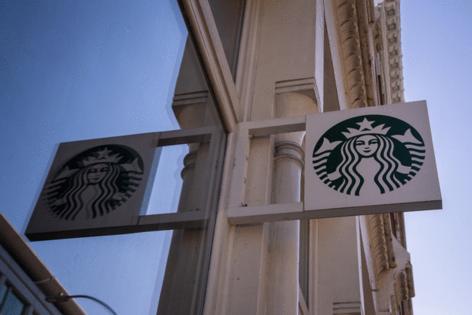


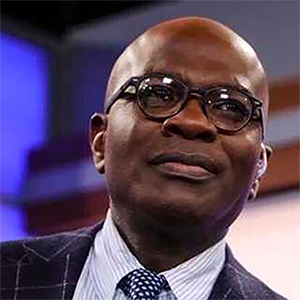



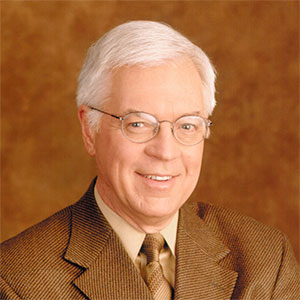


















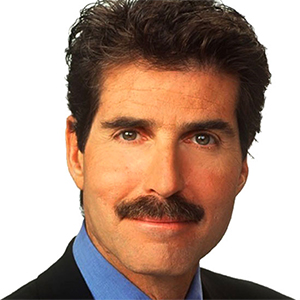
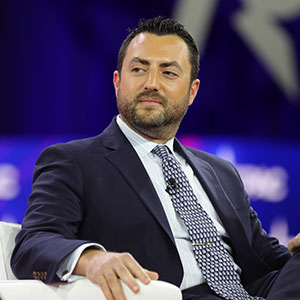
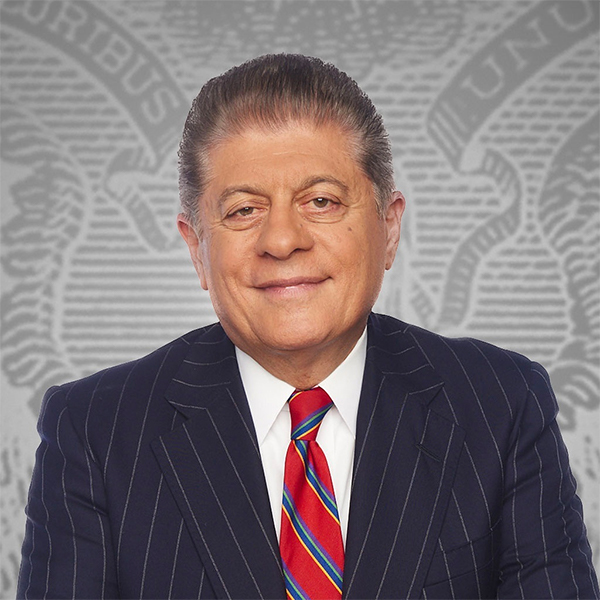




















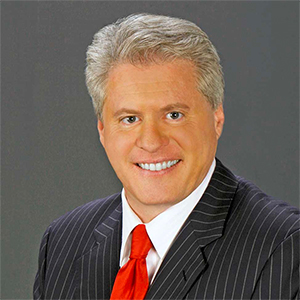

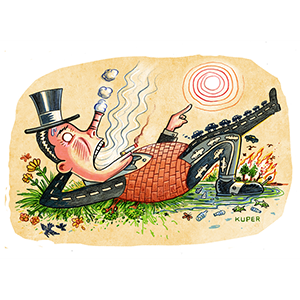

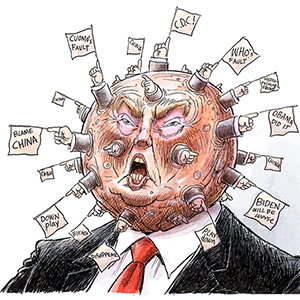
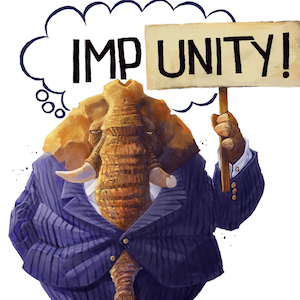
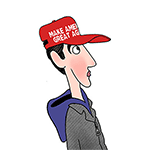
Comments